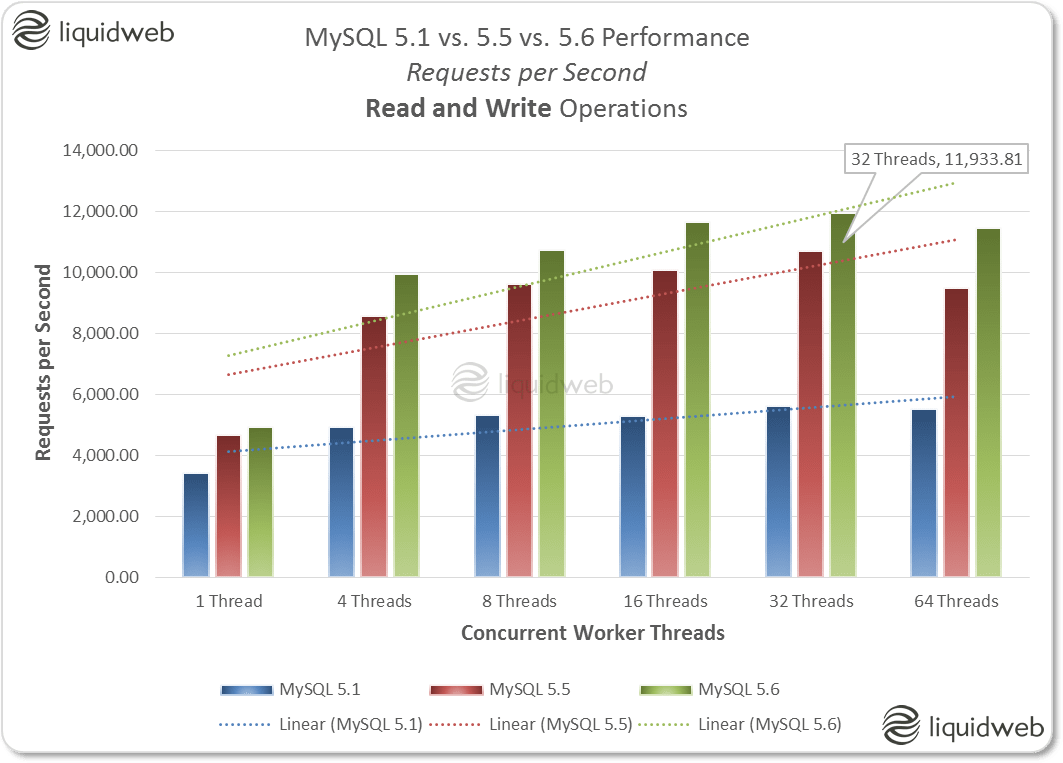Author: J. Mays
As a previous contributor, JMays shares his insight with our Knowledge Base center. In our Knowledge Base, you'll be able to find how-to articles on Ubuntu, CentOS, Fedora and much more!
How to Install and Configure Git on Fedora 20
Git is an open source, distributed version control system (VCS). It’s commonly used for source code management (SCM), with sites like GitHub offering a social coding experience, and popular projects such as Perl, Ruby on Rails, and the Linux kernel using it.
How To Install Cassandra 2 on Fedora 20
Apache Cassandra is a NoSQL database intended for storing large amounts of data in a decentralized, high availability server cluster. NoSQL refers to a database with a data model other than the tabular relations used in relational databases such as MySQL, PostgreSQL, and Microsoft SQL.
PostgreSQL (pronounced ‘post-gres-Q-L’) is a free, open-source object-relational database management system (object-RDBMS), similar to MySQL, and is standards-compliant and extensible. It is commonly used as a back-end for web and mobile applications. PostgreSQL, or ‘Postgres’ as it is nicknamed, adopts the ANSI/ISO SQL standards together, with the revisions.
- These instructions are intended specifically for resizing a Liquid Web Storm (Cloud) server.
- I’ll be resizing a 2 GB Storm VPS instance to a Storm Dedicated server.
FTP (File Transfer Protocol) is probably the most popular method of uploading files to a server; a wide array of FTP servers, such as vsftpd, and clients exist for every platform.
Error: 500 OOPS: priv_sock_get_cmd issue
Solving the Error: 500 OOPS: priv_sock_get_cmd issue
This error may occur when attempting to connect to a VsFTPD FTP server. You simply need to add one line to the configuration file, which this article assumes is in the default location of /etc/vsftpd/vsftpd.conf.
How to Install and Configure phpMyAdmin on Fedora 20
phpMyAdmin is an open source tool used for the administration of MySQL. In addition to offering the capability to perform administration tasks such as creating, editing, or deleting databases, and managing users and permissions, phpMyAdmin provides a graphical user interface to do all of these tasks and more.
How to Install Logwatch on Fedora 20
Logwatch is a Perl-based log management tool for analyzing, summarizing, and reporting on a server’s log files. It is most often used to send a short digest of server’s log activity to a system administrator.
II. How to Remove (Delete) a User on Fedora 20
- These instructions are intended specifically for adding a user on Fedora 20.
- I’ll be working from a Liquid Web Self Managed Fedora 20 server, and I’ll be logged in as root.
- MySQL 5.5 and 5.6 both performed significantly better than MySQL 5.1.
- Read/Write and Read Only workloads testing requests per second show a marked improvement for both MySQL 5.5 and 5.6 over MySQL 5.1.
- The 95th percentile response times (explained below) for both Read/Write and Read Only workloads on MySQL 5.5 and 5.6 were much lower (thus faster) than MySQL 5.1.

Our Sales and Support teams are available 24 hours by phone or e-mail to assist.

